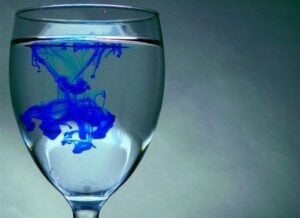FDA Declines to Ban Controversial Food Dyes in U.S.

The FDA’s Food Advisory Committee concluded in an 11 to 3 vote that there was not enough evidence to support a ban on food coloring based on health claims, mainly behavioral problems among children.
Particularly of concern for health experts, advocacy groups and parents are foods that commonly contain artificial coloring such as cereal, yogurts and juices. Controversy has surrounded the use of artificial colors for some time based on a number of studies that have identified a strong link between behavioral issues and consuming a large amount of artificial colors.
The Center for Science in the Public Interest had petitioned the FDA in 2008, which led to the panel meeting late last month. The group was seeking a ban on eight food dyes including Yellow No. 5, Red 40 and Blue No. 1. Most of their decision to petition was based on a UK study that followed two age groups of children (3 and 9) who drank fruit juice with food dye and sodium benzoate added as well as one without any additives. One of the study’s authors, Jim Stevenson, PhD, of the University of Southampton, reported to the FDA that the hyperactivity levels in both age groups increased after drinking the beverages with added colors and preservatives.
Now banned throughout Europe, artificial food coloring became a health concern for many parents after the work of Dr. Benjamin Feingold in the 1970s led him to suggest there was a strong correlation between the rise of hyperactivity in children and the number of artificial food additives such as food colorings prevalent in their diets. Americans consume more food dye now than at any other time in history—and as much as 5 times more than just 50 years ago.
Keep in touch with Jill on Twitter @jillettinger
Photo: iChaz

